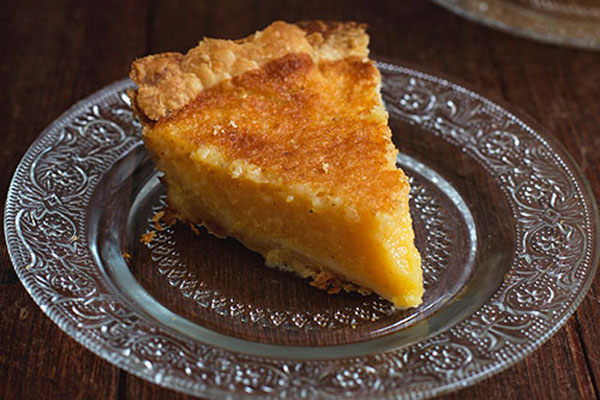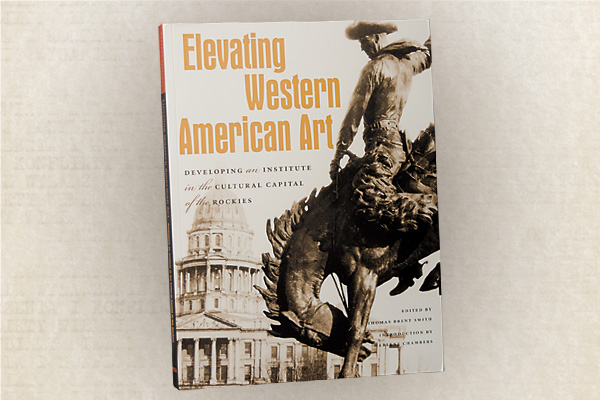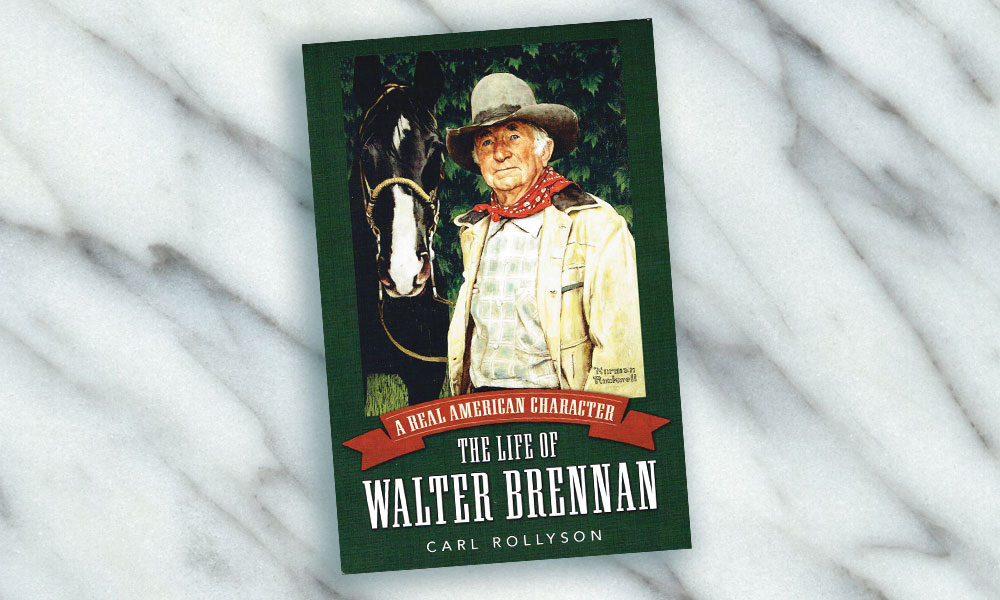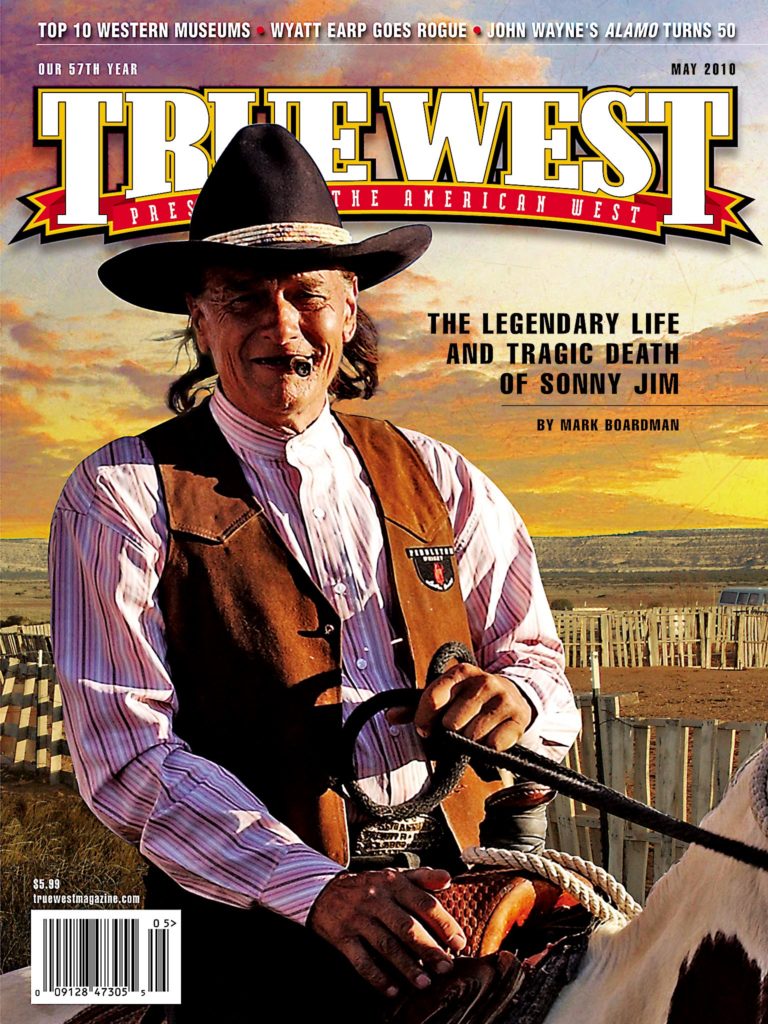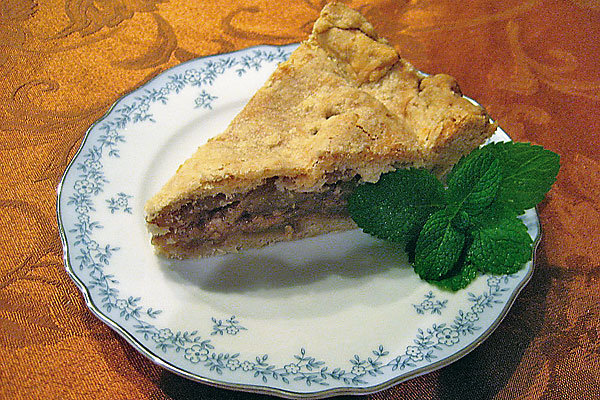
“Before we were out of the mountains, we met a relief train from the Willamette Valley…as flour was being offered at $1.00 per pound, and as we were on the bankrupt list, our folks didn’t buy any.
“Some kind-hearted person, better off than ourselves, generously gave us a small supply. There being an abundance of huckleberries at hand, we gorged ourselves on huckleberry pie, which proved a life-saver,” recalled Mrs. J.R. Bean, who was a little girl when her family arrived in Oregon City, Oregon, in the mid-1800s.
Pie has been around since the 1300s and became an American tradition as soon as the settlers landed. Pie is not only tasty, but it was a popular food staple because it allowed cooks to extend even the most meager ingredients (bread used much more flour than pie). Both sweet and savory pies graced the tables of Western pioneers.
Pies were so popular that songs were (and still are) written about them. L.C. McBride, who moved to Nebraska in 1865, recalled the song “Nebraska Land,” that was “to be sung to the tune ‘Beulah Land’—as sung many times by the G.A.R. quartette…. It starts, ‘I’ve reached the land of corn and wheat / of pumpkin pie and potatoes sweet / I got my land from Uncle Sam / and I am happy as a clam.’”
Miss Nettie Spencer, who grew up in Oregon in the 1870s, proved how big an event the Fourth of July celebration was in her town by the amount of pies her mother made: “On our first big Fourth at Corvallis mother made two hundred gooseberry pies. You can see what an event it was.”
Pioneers took such pride in their pies, that they often boasted about who made the best ones. May Bailey Jackman, a schoolteacher in the 1890s who grew up in Mesilla Valley, New Mexico, had this to say about her mother’s pies: “…well, I suppose you think your mother made the best pies and doughnuts you ever ate—that’s only natural. But I feel certain that you would have changed your mind if you had been lucky enough to taste my mother’s doughnuts and pies.”
While eating too much pie can make you feel a little sick, poisoned pie can downright kill you. That’s exactly what Mrs. Honschild of Pleasant Hill, Nebraska, had planned. In 1874, for reasons unknown, she laced her husband’s dinner pie with strychnine. He died, and after the deadly dessert was analyzed, she was promptly arrested and burned to death.
Pies were so well liked, they were sometimes stolen. William Flynn lived in Sumner, Nebraska, during the late 1800s when he was appointed as special police officer to watch the neighborhood boys on Halloween night. Several of them slipped in the back door of the church and stole some pies the ladies had brought for supper. He knew who they were and later decided to try a little psychology to deter them from stealing pies again. He walked up to them and said, “Mrs. P. has the reputation of being the dirtiest cook and house keeper in this part of the country [and] would like to have her pie tins back.” One of them spoke up and said, ‘Was those Mrs. P. pies?’ Oh my God; I’ll never steal another pie as long as I live.’”
Restaurant bills of fare listed their items in several categories—pie had its own section! The varieties were endless: chicken pot pie, blueberry, currant, custard, huckleberry, lemon, mince, sweet, squash and the American apple pie.
Sherry Monahan has penned Taste of Tombstone, Pikes Peak: Adventurers, Communities and Lifestyles, The Wicked West and Tombstone’s Treasure: Silver Mines and Golden Saloons. She’s appeared on the History Channel in Lost Worlds, Investigating History and Wild West Tech.
Apple Pie
4 to 6 tart apples, peeled, cored and sliced
¼ – ½ cup sugar
½ tsp. cinnamon
¼ tsp. salt
¼ cup flour
2 pie crusts
Butter, cut into ¼ -inch squares
Line a nine- or 10-inch pie pan with one crust. Combine apples, sugar, cinnamon, salt and flour in a bowl. Stir to coat the apples evenly. Put the apples into the pie crust. Place a few pieces of butter around the pie and cover with the second crust.
Bake for about 40 minutes at 350°F or until the apples are tender. Serve with ice cream or whipped cream.
***
Modified recipe courtesy
Aberdeen Daily News
(South Dakota) on April 3, 1885


